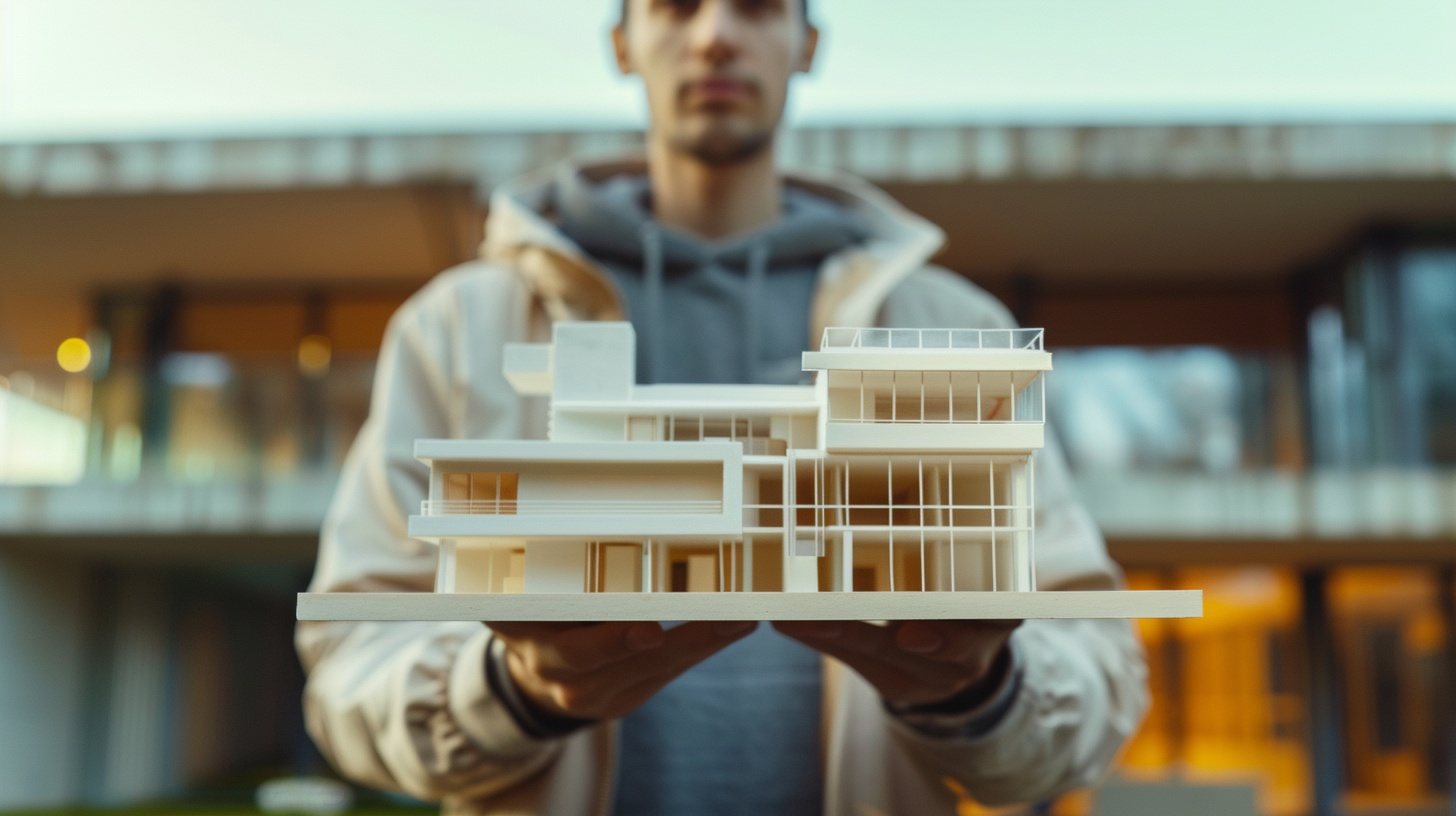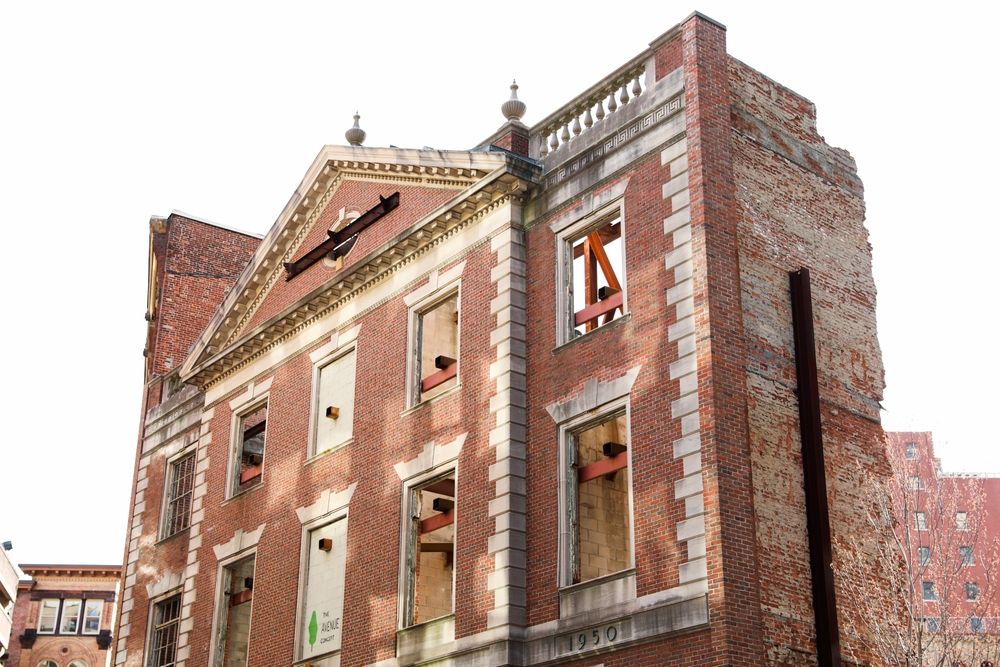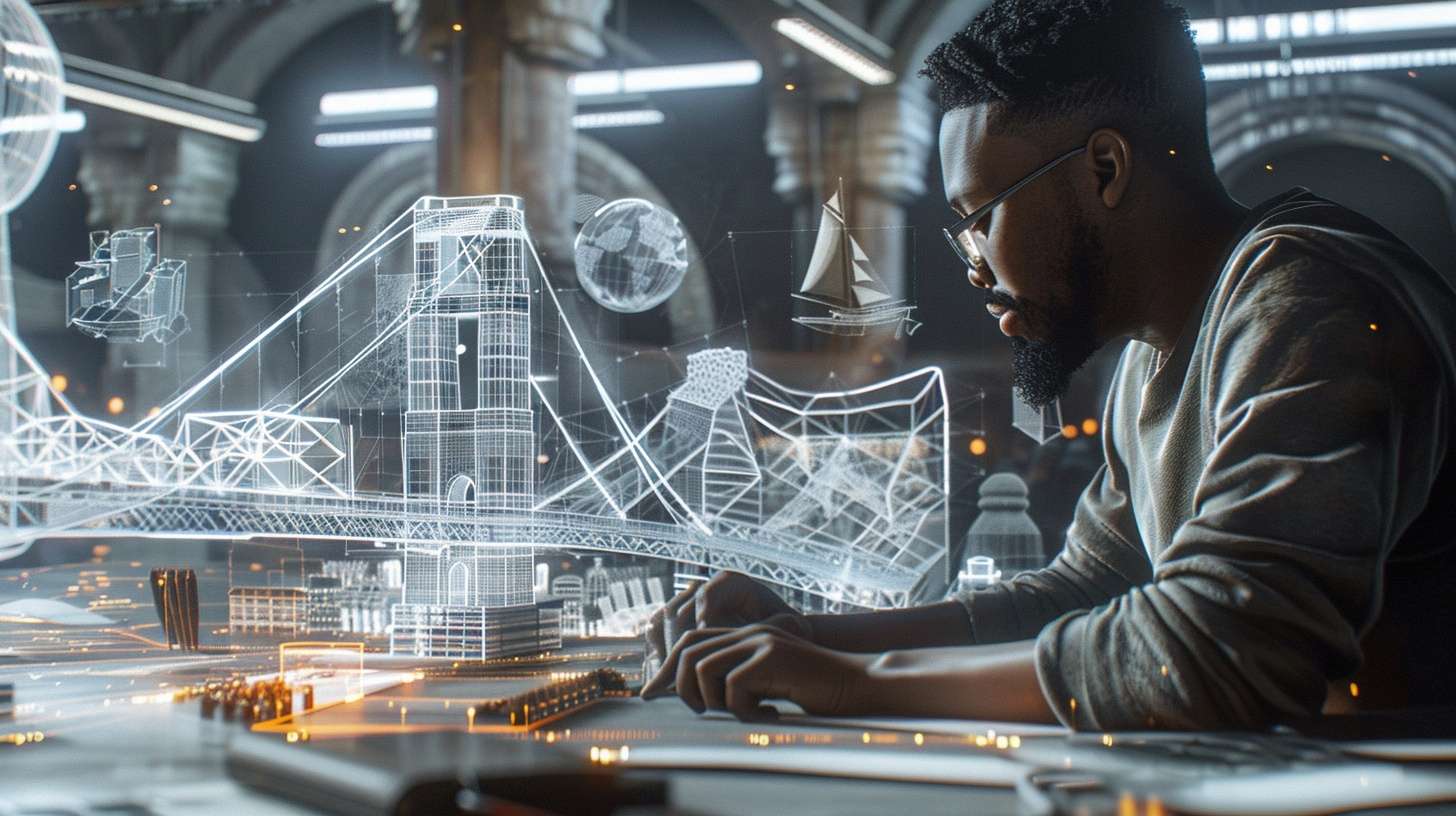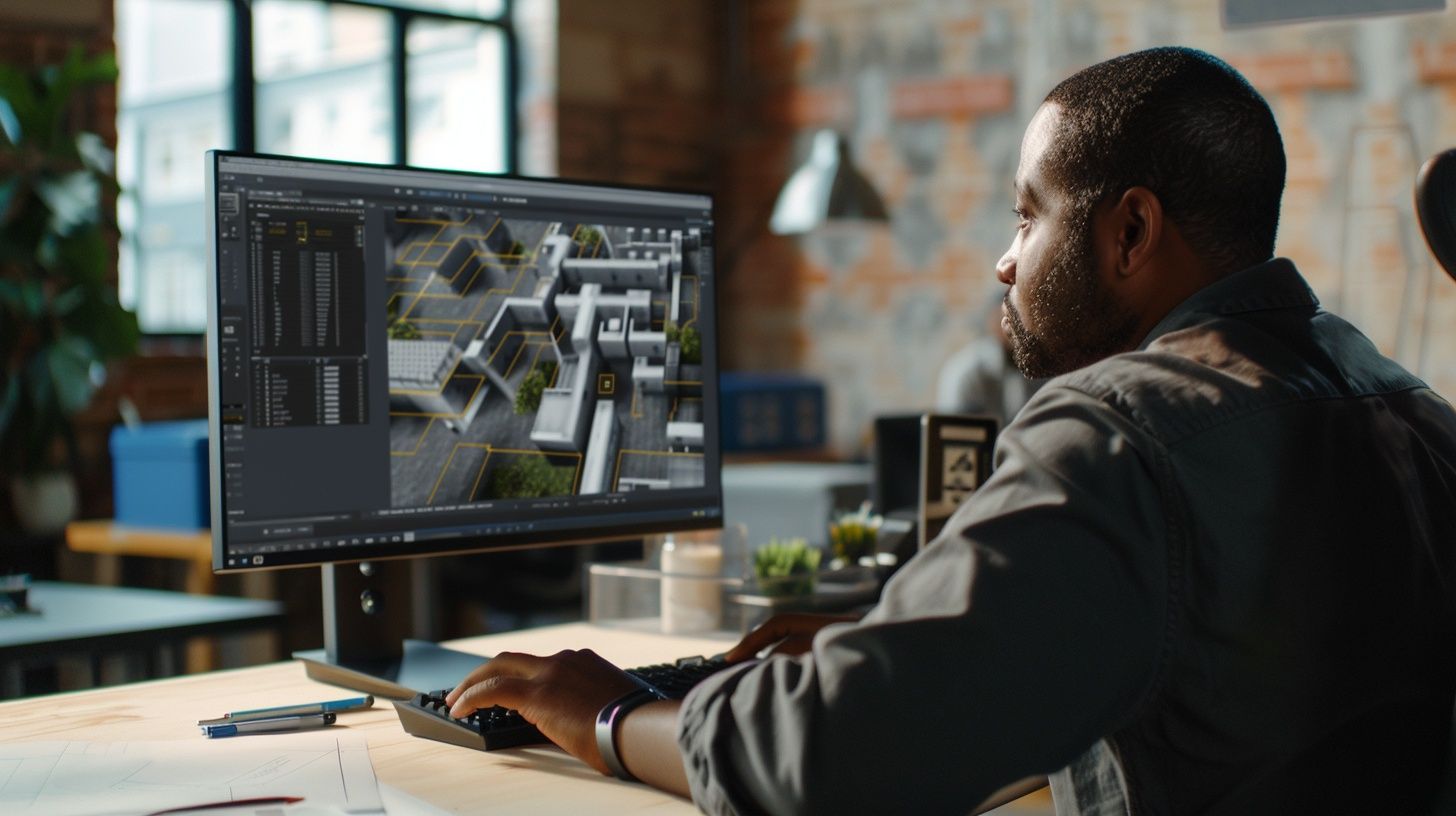
How Adaptive Reuse in Architectural Design Transforms Old to New

Imagine walking through the bustling streets of a city, passing by buildings that seem to have stories etched into every brick and windowpane. Now, imagine those same buildings, once vibrant with activity, sitting abandoned and neglected. What if I told you that these buildings hold untapped potential, waiting to be unlocked through a concept known as adaptive reuse in architectural design? Crazy right? Wrong!! Let me tell you why.
What is Adaptive Reuse
So, what exactly is adaptive reuse? Simply put, it’s the process of repurposing an existing building for a new function, breathing fresh life into structures that have outlived their original purpose. Picture a historic warehouse transformed into trendy loft apartments, or an old church converted into a vibrant community center. This innovative approach not only preserves the character and history of a place but also addresses the evolving needs of society.
Importance of Adaptive Reuse in Architecture
But why is adaptive reuse important in architecture? Well, let’s consider the environmental impact. Demolishing buildings is a significant source of waste and carbon emissions, contributing to environmental degradation. By contrast, adaptive reuse minimizes waste, reduces the demand for new construction materials, and cuts down on carbon emissions associated with transportation and disposal. It’s a win-win for both our planet and our communities.
Principles Behind Adaptive Reuse in Architecture
Now, you might be wondering about the principles behind adaptive reuse. It’s not just about slapping a fresh coat of paint on an old building. Rather, it involves careful planning and creativity to seamlessly blend historical charm with modern functionality. Architects and designers must strike a delicate balance, preserving architectural features while ensuring the space meets the needs of its new occupants.
But don’t just take my word for it. The benefits of adaptive reuse speak for themselves. Not only does it promote sustainability and preserve cultural heritage, but it also fosters vibrant, diverse communities. By transforming forgotten spaces into vibrant hubs of activity, adaptive reuse revitalizes neighborhoods and sparks economic growth.
Applications and Real-world Examples
Now that we’ve scratched the surface of adaptive reuse, let’s delve deeper into its practical applications and real-world examples. From historic landmarks to industrial relics, no building is off-limits when it comes to this innovative approach to design.
Consider the iconic Flatiron Building in New York City. Originally constructed in 1902 as one of the city’s first skyscrapers, it now stands as a symbol of adaptive reuse. Over the years, this architectural gem has undergone numerous transformations, housing offices, boutiques, and even a renowned photography studio. Its enduring presence serves as a testament to the power of adaptive reuse to breathe new life into old spaces.
Adaptive Reuse Cuts Across the Board
But adaptive reuse isn’t just reserved for grand architectural structures like the Flatiron Building. It’s happening in communities large and small, across the globe. Take, for instance, the conversion of abandoned factories into vibrant mixed-use developments. These sprawling complexes, once symbols of industrial decline, now boast a mix of residential, commercial, and recreational spaces, fostering dynamic, inclusive communities.
So, what drives the success of these adaptive reuse projects? It’s all about vision and collaboration. Architects, developers, and community stakeholders must come together to reimagine the possibilities of underutilized spaces. Through careful planning and innovative design solutions, they can breathe new life into neglected buildings, creating spaces that are both functional and inspiring.
But perhaps the most compelling aspect of adaptive reuse is its ability to tell a story. Each building carries with it a unique history, a narrative that resonates with those who inhabit its spaces. By preserving these stories and integrating them into the fabric of our communities, we honor the past while embracing the future.
How Do I Get Involved?
Now that we’ve explored the transformative power of adaptive reuse and marveled at its real-world examples, you might be wondering how you can get involved in this exciting movement. Whether you’re a budding architect, a community organizer, or simply someone passionate about preserving the past, there are plenty of ways to make a difference.
One avenue is education and advocacy. By raising awareness about the benefits of adaptive reuse and the importance of preserving our architectural heritage, you can inspire others to take action. Whether it’s through community workshops, public lectures, or online campaigns, spreading the word is the first step toward creating change.
Policies and Incentives Supporting Adaptive Reuse Projects
But education alone isn’t enough. We also need policies and incentives that support adaptive reuse projects. This might include tax credits for developers who choose to repurpose existing buildings, streamlined permitting processes, or grants for historic preservation efforts. By advocating for these policies at the local, state, and national levels, we can create a more favorable environment for adaptive reuse to thrive.
Of course, none of this would be possible without the dedication and expertise of architects and designers. If you’re passionate about breathing new life into old spaces, consider pursuing a career in adaptive reuse. Whether you’re rehabilitating historic landmarks or reimagining forgotten industrial sites, the opportunities for creative expression are endless.
Adaptive Reuse Might be an Architectural solution
And if you’re a property owner with a vacant or underutilized building, why not consider adaptive reuse as an architectural solution? Not only can it breathe new life into your property, but it can also generate revenue and contribute to the vitality of your community. With the help of experienced architects and developers, you can unlock the full potential of your space and leave a lasting legacy for future generations.
Hit Us Up
At Designs Boss, we’re passionate about helping our clients bring their adaptive reuse visions to life. Whether you’re dreaming of transforming a historic building into a thriving cultural hub or repurposing an industrial site into a sustainable mixed-use development, we’re here to guide you every step of the way. Talk To Us!!
Latest

What Makes a Good Architectural University

What Are The Most Beautiful Bridges Ever Designed

